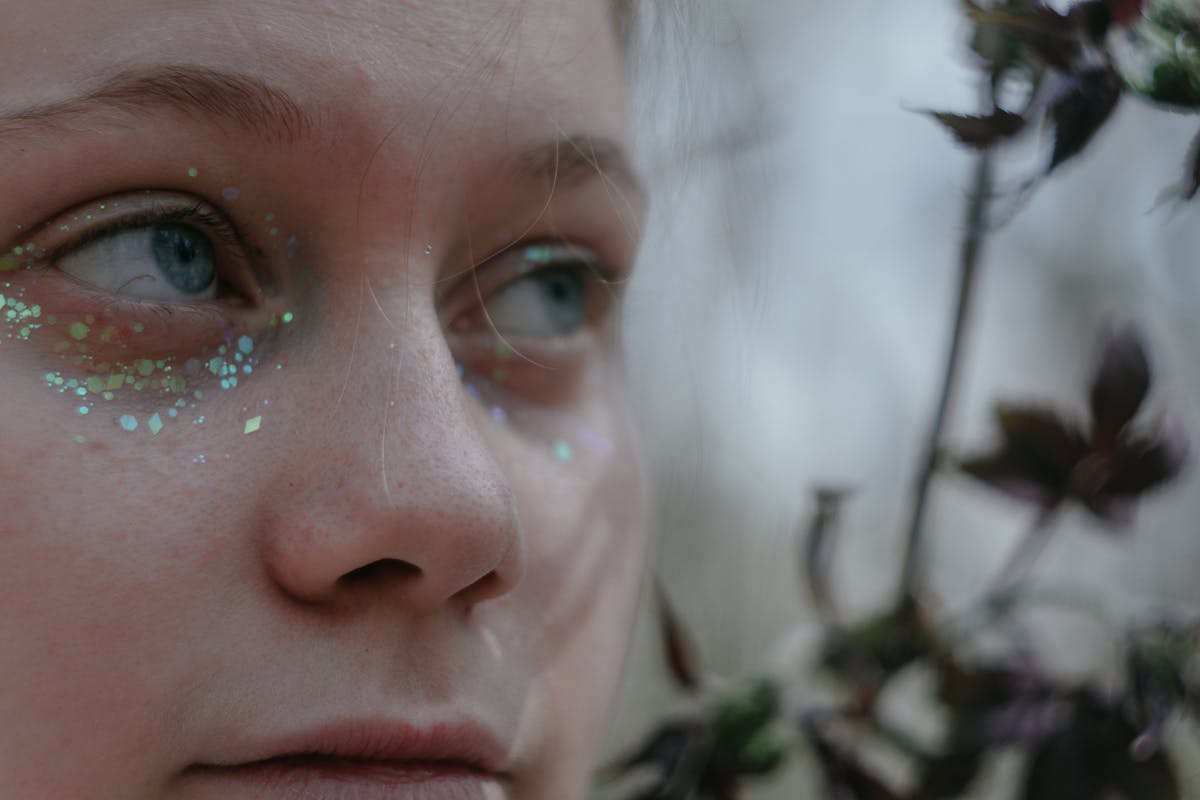For the Love of Children, Please Stop Using Glitter
Glitter in the Ocean Will Take 1,000 Years to Biodegrade

As the mom of a toddler, I have one simple request: please, for the love of children, stop using glitter. It may sound frivolous. Glitter is superfluous; no one needs it. I might go as far as to argue that glitter is the most “extra” microplastic on the market.
Glitter is typically made of polyethylene terephthalate (PET), or polyvinyl chloride (PVC) coated with aluminum. Chemicals leaching from PET and PVC plastics can interrupt essential biological functions. Researchers have shown chemicals in microplastics can reduce sperm quality, destroy nerve fibers in the brain, and cause inflammation throughout the body, resulting in poor pregnancy outcomes like preeclampsia and gestational diabetes, a compromised immune system, and intestinal imbalance. Yikes!
Glitter is in shoes, stuffed animals, birthday cards, wrapping paper, craft supplies, and other commercial products. Scientists estimate that 3 trillion pieces of glitter are in our oceans, and it will take 1,000 years to biodegrade. Our children’s craft projects, tennis shoes, and toys should not wreak havoc on their own health or the health of the planet.
Glitter can enter our bodies in three primary ways:
1. Through the skin, which absorbs moisture and chemicals from the environment. Touching glitter or wearing it on the skin can invite plastic chemicals like brominated flame-retardants into the body. These chemicals disrupt hormone regulation and can damage the brain. Sweat on the skin encourages penetration of toxic chemicals through the skin and into the body.
2. Inhalation – we inhale microplastics like glitter in the air we breathe; the average person breathes in enough microplastics during a lifetime to reach the height of the Eiffel Tower. Larger microplastics get filtered in the upper airways, but smaller ones penetrate deep into the lungs. Once there, PET and PVC plastic degrade and release chemical additives causing inflammation, killing cells in the lungs, and distributing harmful chemicals throughout the body.
3. Ingestion – Unintentionally eating glitter – which happens when an infant or toddler puts their hand in their mouth after crawling or working on a glittery art project. Unintentionally licking lips when wearing beauty products with glitter brings microplastics into the body. Glitter lip-gloss anyone? Shockingly – or not, shockingly if you have seen tweens at Sephora, 79 percent of children use beauty products like glitter and lip gloss.
The concentration of microplastics is 10 times higher in infant feces than in adult feces, indicating that babies and small children ingest more microplastics through their food, water, air, and daily activities.
Toddler clothing and baby toys should not have glitter. It is an unnecessary microplastic that can adhere to skin and make its way into a small child’s mouth. Some plastic will be harder for families to avoid, but glitter is not.
Microplastic free ways to add sparkle:
• Use a hole punch and create confetti from paper magazines, leaves, or construction paper
• Use a prism to create a rainbow of color
• Decorate with natural fibers like silk, hemp, cotton, or wool
• Tie small metal bells onto shoes or hats for a bit of shimmer and some sound
If we as a species can do one easy thing for Mother Earth and the children of the Earth, it is to stop using glitter.
Jessica Lightfoot, MPH, is a Santa Barbara resident and an investigator at USC’s Center for Children’s Environmental Health.
